Wandering Jew Plant: Care, Growth, and Benefits
Introduction
The Wandering Jew plant, scientifically known as Tradescantia, is a popular houseplant cherished for its vibrant foliage, easy care, and versatility. Originating from the tropical regions of Central and South America, this plant has become a staple in homes and gardens worldwide. The term “Wandering Jew” refers to various species within the Tradescantia genus, including Tradescantia zebrina, Tradescantia fluminensis, and Tradescantia pallida, among others. These plants boast striking purple, green, and silver leaves, adding a pop of color to any indoor or outdoor space.
In this article, we will explore the different aspects of the Wandering Jew plant, including its history, varieties, care requirements, propagation methods, common issues, and benefits. Whether you’re a seasoned gardener or a novice plant enthusiast, this comprehensive guide will equip you with everything you need to know about the Wandering Jew plant.
History and Origin of the Wandering Jew Plant
The Wandering Jew plant has a rich history, deeply rooted in its native habitat in the tropical regions of Central and South America. The plant’s common name, “Wandering Jew,” stems from a Christian legend about a Jewish man cursed to wander the Earth for eternity. Due to this connotation, the name has faced criticism, and many prefer to use the botanical name Tradescantia or refer to the plant by its species name.
The Tradescant Family and the Plant’s Introduction to Europe
The Tradescantia genus honors John Tradescant the Elder and his son, John Tradescant the Younger, who were English naturalists and botanists in the 17th century. Explorers introduced the plant to Europe and other parts of the world, where it quickly gained popularity as an ornamental plant due to its attractive foliage and adaptability.
Today, the Wandering Jew plant thrives in homes, offices, and gardens around the world, appreciated for its beauty and ease of care.
Varieties of the Wandering Jew Plant
The Tradescantia genus encompasses several species, each with unique characteristics that make them desirable as houseplants. Here are some of the most popular varieties:
- Tradescantia zebrina
- Also known as the Inch Plant, Tradescantia zebrina is perhaps the most widely recognized variety. It features striking leaves with purple undersides and silver stripes running along the top of the green leaves. This variety grows quickly and trails, making it an excellent choice for hanging baskets.
- Tradescantia fluminensis
- Commonly referred to as the Small-leaf Spiderwort, this variety has smaller, more delicate leaves compared to Tradescantia zebrina. The leaves are green with a glossy finish, and some cultivars may have white or pink variegation. Gardeners often use this plant as ground cover due to its dense growth habit.
- Tradescantia pallida
- Known as Purple Heart or Purple Queen, Tradescantia pallida is a striking plant with deep purple, lance-shaped leaves. This variety grows more upright compared to other Tradescantia species and produces small, pink flowers. Its bold color adds a dramatic effect to any space.
- Tradescantia spathacea
- Also known as Moses-in-the-Cradle or Boat Lily, Tradescantia spathacea features rosette-shaped growth. The leaves are green on top with purple undersides and can grow quite large, making this plant a standout in any collection. It often thrives as a houseplant or in shaded outdoor gardens.
- Tradescantia sillamontana
- This variety, also known as White Velvet, has a distinct appearance due to the fine white hairs covering its leaves and stems. The leaves are green with purple accents, and the plant produces small pink flowers. Tradescantia sillamontana tolerates drought better than other varieties, making it a good choice for those who might forget to water their plants regularly.
Growing Conditions and Care Requirements
The Wandering Jew plant adapts well and requires minimal care, making it an excellent choice for both beginners and experienced gardeners. Here are the key factors to consider when growing and caring for this plant:
1. Light Requirements
The Wandering Jew plant thrives in bright, indirect light. While it can tolerate lower light conditions, the vibrant colors of its leaves are best preserved in bright light. Direct sunlight should be avoided, as it can scorch the leaves, particularly in more delicate varieties like Tradescantia fluminensis. If you notice the colors fading or the plant becoming leggy, it may need more light.
2. Watering
Tradescantia plants prefer consistently moist soil but tolerate short periods of drought. Water the plant when the top inch of soil feels dry to the touch. Avoid overwatering to prevent root rot. During the winter months, the plant’s growth slows down, and it may require less frequent watering.
Humidity and Temperature
Native to tropical regions, the Wandering Jew plant thrives in warm, humid environments. Ideal temperatures range between 60°F and 80°F (15°C to 27°C). While it tolerates average household humidity, the plant benefits from increased humidity, especially during the winter when indoor air can become dry. Placing the plant on a humidity tray or misting it regularly helps maintain the necessary moisture levels.
4. Soil and Fertilization
The Wandering Jew plant prefers well-draining, loamy soil. A standard potting mix with added perlite or sand works well to ensure good drainage. Fertilization is not overly complex for this plant; a balanced, water-soluble fertilizer applied every four to six weeks during the growing season (spring and summer) promotes healthy growth. Reduce or eliminate fertilization during the fall and winter when the plant’s growth slows.
5. Pruning
Pruning plays a crucial role in caring for a Wandering Jew plant, as it encourages bushier growth and prevents the plant from becoming too leggy. Regularly pinch back the tips of the stems to promote branching. If the plant becomes too long or unruly, trim it back significantly. You can use the cuttings for propagation.
Propagation Methods
One of the most appealing aspects of the Wandering Jew plant is how easily it propagates. Whether you want to expand your collection or share the plant with friends, several effective methods exist for propagating Tradescantia:
1. Stem Cuttings
The most common and straightforward method of propagation involves stem cuttings. Here’s how to do it:
- Use a pair of clean, sharp scissors or pruning shears to cut a healthy stem just below a node (the point where leaves attach to the stem).
- Remove the leaves from the bottom few inches of the cutting.
- Place the cutting in a glass of water, ensuring that the nodes are submerged.
- After a few days to a week, roots will begin to form. Once the roots are an inch or two long, plant the cutting in soil.
- Keep the soil moist until the cutting establishes itself and new growth appears.
2. Division
Another method involves dividing the plant, particularly if it has become large and overgrown. To do this:
- Carefully remove the plant from its pot and gently shake off excess soil.
- Look for natural divisions in the plant where the stems and roots can be separated.
- Use a clean knife or your hands to divide the plant into smaller sections, ensuring that each section has roots attached.
- Replant the divisions in fresh soil and water them thoroughly.
3. Layering
Layering involves encouraging a stem to root while it remains attached to the parent plant. To do this:
- Select a healthy stem and bend it down so that it touches the soil.
- Remove any leaves that are in contact with the soil.
- Secure the stem to the soil with a small U-shaped pin or a piece of wire.
- Keep the soil moist, and after a few weeks, roots will develop at the point of contact.
- Once rooted, cut the new plant away from the parent plant and pot it separately.
Common Issues and How to Address Them
While the Wandering Jew plant is generally easy to care for, it can still encounter a few common issues. Understanding these problems and knowing how to address them will help keep your plant healthy and thriving:
1. Yellowing Leaves
Yellow leaves may indicate overwatering, underwatering, or inadequate light. Check the moisture level of the soil and adjust your watering schedule accordingly. If the plant is in low light, consider moving it to a brighter location.
2. Leggy Growth
Leggy growth often results from insufficient light. If your plant is stretching towards the light source, it may need more sunlight. Move it to a brighter spot, or supplement with artificial grow lights.
Dealing with Pests
The Wandering Jew plant can be susceptible to pests such as spider mites, aphids, and mealybugs. Regularly inspect your plant for signs of pests, such as small webs, sticky residue, or visible insects. If pests are detected, treat the plant with insecticidal soap or neem oil, and isolate it from other plants until the infestation is under control.
4. Root Rot
Root rot occurs due to overwatering and poor drainage. It manifests as wilting, yellowing leaves, and a foul odor emanating from the soil. To prevent root rot, ensure that your plant is in well-draining soil and that the pot has adequate drainage holes. If root rot is already present, you may need to repot the plant in fresh, dry soil after trimming away any affected roots. Adjust your watering habits to prevent future issues.
5. Leaf Discoloration and Browning Tips
Discoloration or browning of the leaf tips can result from inconsistent watering, low humidity, or exposure to chemicals such as fluoride in tap water. Use distilled or filtered water for your plants and maintain consistent moisture levels. Increasing humidity around the plant can also help mitigate browning tips.
6. Fungal Diseases
Fungal infections can affect Tradescantia plants, particularly if they are kept in overly damp conditions or poor air circulation. Powdery mildew and leaf spot are common issues. To prevent these diseases, avoid overhead watering, ensure good air circulation around the plant, and promptly remove any affected leaves. Fungicides can also be used as a last resort if the infection is severe.
Benefits of the Wandering Jew Plant
The Wandering Jew plant not only enhances aesthetics but also offers several benefits that make it a valuable addition to any home or garden:
1. Air Purification
Like many houseplants, the Wandering Jew plant improves indoor air quality by filtering out pollutants such as formaldehyde, benzene, and toluene. These chemicals are often found in household items like paint, furniture, and cleaning products. The plant contributes to a healthier indoor environment by absorbing these toxins.
2. Aesthetic Appeal
The vibrant colors and unique patterns of the Wandering Jew plant’s foliage make it a striking decorative element in any space. Whether used as a hanging plant, in a tabletop arrangement, or as ground cover in a garden, it adds a touch of natural beauty and visual interest.
Low Maintenance and Versatility
One of the most significant advantages of the Wandering Jew plant is its low-maintenance nature. It thrives in a variety of conditions, making it an ideal choice for busy individuals or those new to plant care. With minimal effort, this plant continues to grow and flourish.
The Wandering Jew plant is highly versatile, suitable for both indoor and outdoor environments. It can be grown in containers, hanging baskets, or directly in the ground as a ground cover. Its trailing habit makes it particularly attractive in elevated planters or as a cascading accent in mixed plant arrangements.
5. Easy Propagation
As discussed earlier, the ease with which the Wandering Jew plant propagates allows for endless possibilities in expanding your plant collection. This also makes it a thoughtful gift to share with friends and family, as a single plant can quickly provide multiple new plants.
6. Therapeutic Value
Gardening and plant care have been shown to reduce stress and improve mental well-being. Tending to a plant like the Wandering Jew, with its vibrant colors and lush growth, provides a sense of accomplishment and a calming influence on the mind.
How to Style and Display the Wandering Jew Plant
The Wandering Jew plant’s trailing habit and vivid foliage make it an excellent candidate for various display styles. Here are some creative ways to showcase this beautiful plant in your home or garden:
1. Hanging Baskets
One of the most popular ways to display a Wandering Jew plant is in a hanging basket. The plant’s trailing vines cascade over the edges, creating a lush, green waterfall effect. Hang the basket near a bright window where the plant can receive ample indirect light.
2. Macrame Plant Hangers
For a bohemian or vintage aesthetic, consider placing your Wandering Jew plant in a macrame plant hanger. The contrast between the plant’s colorful leaves and the neutral tones of the macrame creates a striking visual effect. This is also a great way to save space in small living areas.
3. Terrariums
While the Wandering Jew plant prefers room to grow, it can also thrive in larger terrariums. The controlled environment of a terrarium helps maintain the humidity levels that Tradescantia plants love. Pair it with other humidity-loving plants like ferns or moss for a mini jungle effect.
Tabletop Arrangements and Outdoor Ground Cover
For a more contained display, consider placing your Wandering Jew plant in a decorative pot on a tabletop or windowsill. Choose a pot that complements the plant’s colors, such as a white or terracotta pot to make the vibrant foliage stand out.
In warmer climates, certain varieties of Tradescantia can be used as ground cover in shaded garden areas. Their dense growth habit quickly fills in empty spaces, adding a lush, green carpet to your garden. This works particularly well under trees or along garden paths where other plants may struggle.
6. Mixed Planters
Combine your Wandering Jew plant with other plants in a mixed planter for a dynamic display. Pair it with plants that have contrasting textures or colors, such as succulents or flowering plants. The Tradescantia‘s trailing habit softens the edges of the planter, creating a cohesive and balanced arrangement.
Environmental Impact and Considerations
While the Wandering Jew plant is beloved for its beauty and versatility, it’s important to be aware of its potential environmental impact, especially when grown outdoors:
1. Invasiveness
In some regions, particularly in tropical and subtropical climates, certain species of Tradescantia are considered invasive. They can spread rapidly and outcompete native plants, leading to ecological imbalances. Before planting Tradescantia outdoors, check with local gardening authorities or invasive species lists to ensure that it is safe and responsible to do so in your area.
2. Safe Disposal
If you need to dispose of trimmings or unwanted plants, do so responsibly to prevent unintentional spread. Avoid composting the plant material if you are in an area where the plant is invasive, as this can lead to further spread. Instead, bag the trimmings and dispose of them with regular household waste.
Pet Safety and Final Thoughts
Tradescantia species are mildly toxic to pets, particularly cats and dogs. Ingestion can cause mild gastrointestinal upset, such as vomiting or diarrhea. If you have pets, consider placing the plant out of reach or opting for a non-toxic alternative if your pet is prone to chewing on plants.
Conclusion
The Wandering Jew plant is a remarkable and versatile houseplant that offers beauty, ease of care, and endless possibilities for creative display. Whether you’re looking to brighten up your living space, purify the air, or simply enjoy the therapeutic benefits of gardening, the Wandering Jew plant is an excellent choice.
From its rich history and variety of species to its low-maintenance care requirements and stunning aesthetic appeal, this plant has earned its place as a favorite among plant enthusiasts worldwide. With proper care and consideration for its environmental impact, the Wandering Jew plant can bring joy and vibrancy to any home or garden for years to come.
So, whether you’re propagating new plants, experimenting with different display styles, or simply enjoying the natural beauty of your Tradescantia, you’re participating in a long-standing tradition of plant care and appreciation. Embrace the wandering nature of this plant, and let it add a touch of wild beauty to your world.


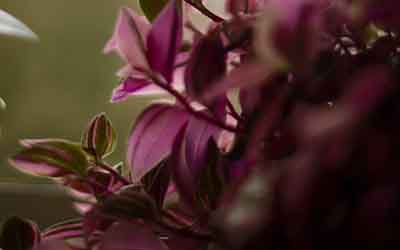
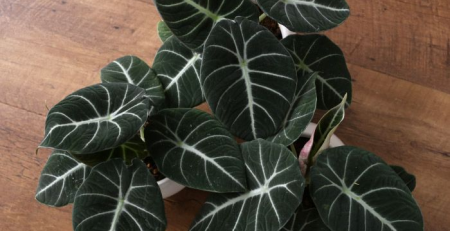
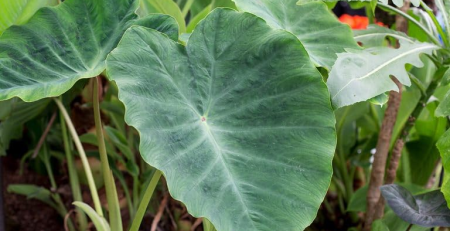
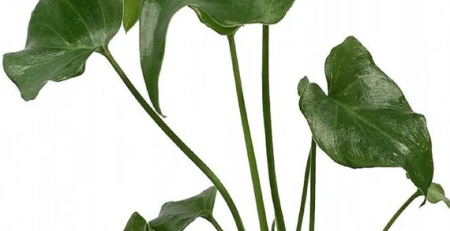
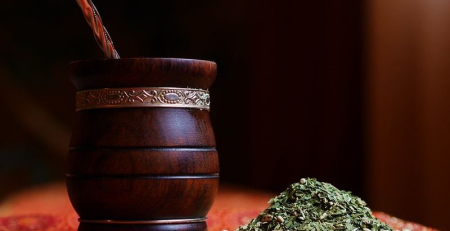
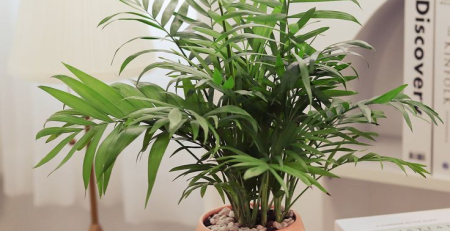
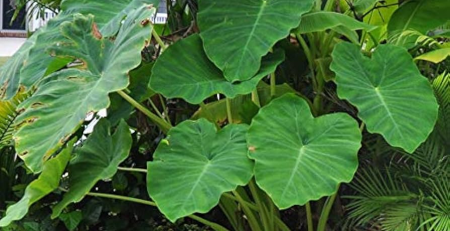
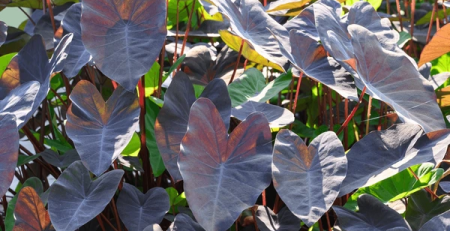
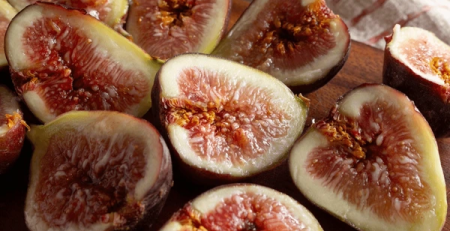
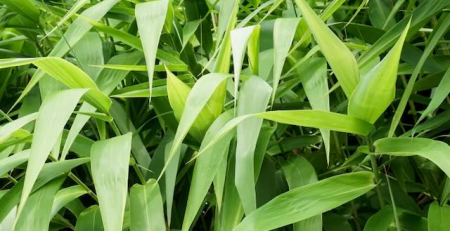
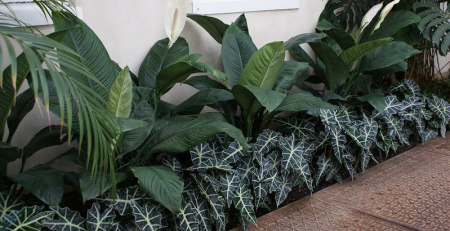
Leave a Reply